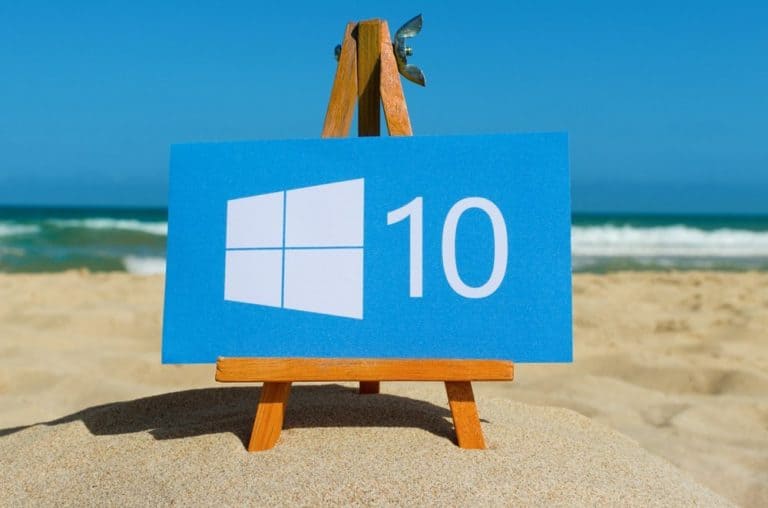Every month Microsoft makes Windows 10 Enterprise virtual machine images available to independent developers using its developer.microsoft.com portal. These VM’s need to be renewed because they expire after a couple months. Microsoft decided to only renew its own Hyper-V VM on time, they forgot to renew the VM’s for other hypervisors.
This month, Microsoft made images available for its Hyper-V hypervisor. However, the images for competing hypervisors like Parallels, VirtualBox and VMware were abandoned. Matthew Boyette reported it on Twitter, in the hope Microsoft would solve the issue. His workflow depends on these Windows 10 Enterprise VM images.
A significant problem for devs
The VM’s don’t offer a license to Windows, it’s for developers purposes only. Microsoft let’s the VM’s expire after a couple months so they won’t be used in production.Requiring devs to download new, refreshed images. June’s developer VM images expired on July 10 and despite angry tweets for several days, the VM images were still missing. While the VM images for Microsoft’s hypervisor were uploaded on time, devs using the other options had to wait.
The lack of images is a significant problem for those who use them. Even though they could download a Windows 10 ISO and install a new VM from scratch, it will not offer replacements for everything the developers’ VMs have.
The problem with switching VMs
A Windows 10 VM installed from scratch will not have a license and as such, some features may be locked, which could greatly inconvenience the developers who use them. There is also a long list of preinstalled and preconfigured software and features on the developer images. That includes Windows subsystem for Linux, Visual Studio Code, Visual Studio 2019, the Windows 10 Software Developer Kit, and more.
Recreating the entire environment would not be practical or even possible, since it would take a lot of time on the part of the unlucky dev who has to do it all over again while worrying about errors.
Microsoft has renewed the VM’s but didn’t give an explanation on why the VM’s weren’t renewed for other hypervisors.
